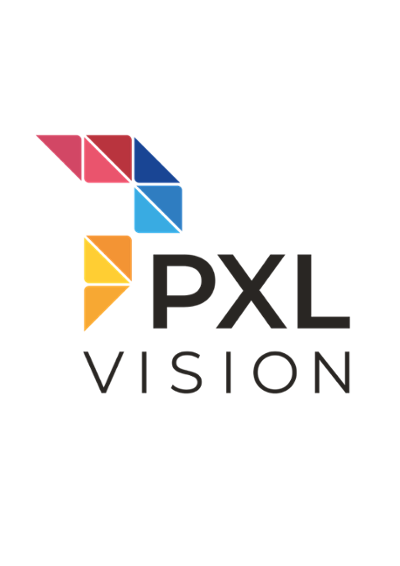Our soon-to-be published whitepaper provides valuable insight on the digitalization of the insurance industry in Germany and in particular our role as digital identity service providers. Digitalization issues range from overall insurance industry market insight to individual/business time & cost savings as well as customer expectations. Trade-offs between security and usability of the digitalization software are also discussed.
Download a copy of our Insurance whitepaper here (currently available only in German). An English translation will be available shortly.
The customer experience and especially their expectations as the insurance industry digitalizes are of foremost concern to insurance providers. It is in this spirit that we quote the insightful words of Martin Schmelcher, a member of the board of directors of the ADAC (the German acronym for the General German Automobile Club):
“The focus of digitalization is always on the needs of the customer and not the technologies, no matter how ground-breaking they are. Their use must always bring added value for the insured parties.”
ADAC is no stranger to the insurance industry as they offer many insurance products from auto-insurance, to travel insurance, to legal expense and liability insurance and numerous other insurance products standard in German society.
In a 3rd-party survey on the German insurance market sourced for our whitepaper, product, corporate image, and digitalization are of topmost concern. These customer-centric concerns are geared towards overall product experience such as customization and the comprehensiveness of services offered. In short, individualisation as customer’s want a product that is well-suited to them. Here, user ratings and reviews are especially significant.
Digitalization generates the next largest response with 60-70% of survey respondents stating that digitalization is important to them. It is understandable that digitalization is not the primary concern of all customers, given that older customers might not be as interested in digitalization. Nevertheless, digitalization is quickly moving into the foreground.
In lockstep with digitalization, there is a waning expectation by the modern consumer for personal contact. Gone are the days when insurance agents and/or other market players in similar verticals required a physical location to serve their customers. According to the survey data, 68% of Germans “want to, or rather, would prefer to interact with their insurer digitally”.
Overall, the digitalization of insurance products offers many advantages to customers from 24/7 availability to greater transparency and control over one’s portfolio. However, the advantages of digitalization are not only limited to consumers; insurance companies also stand to benefit. Insurer side benefits range from cost savings and revenue growth to a more streamlined implementation of regulatory compliance and data management processes.
Post ident no more: identity verification goes digital
In order for an insurance company to take out a policy, they need to first verify the identity of the person that they are going to insure. In Germany today, identity verification is still largely completed through the Deutsche Post in a process known as Postident.
This solution evolved out of the need to provide more options for individuals who had limited access to physical insurance offices or bank branches in their towns. The procedure was introduced to ensure a convenient solution to meet the compliance requirements of BaFin’s Money Laundering Act, which legally obliges banks and various other industries to record the identity of the customer when opening an account.
To establish one’s identity using this method, an individual presents a valid ID card or passport as well as company-specific identity verification documentation to a postal employee. The employee fills out the documentation, which is then signed by the identifying individual to be legitimized in the presence of the postal employees. The now official documentation is then sent to the requisite company or bank.
Because this process requires visiting a physical postal branch (nowadays it is also possible to do this through a video) to verify one’s identity, there is often a long waiting time before an identity is verified and successfully communicated. Thankfully, the extra steps involved when verifying by post are quickly becoming a thing of the past.
However, many legacy insurance companies continue to offer identity verification via post, but the method is quickly being replaced by a far superior solution: digital identity verification – which is fully-automated and can be completed remotely using the identifying customer’s smartphone. A fully-digital identity verification process can be completed remotely in 30 seconds or less, allowing potential customers to start the onboarding process immediately thereafter.
For further insight, download the whitepaper here or reach out to a member of our identity verification team to learn more about digitalization, insurance and remote identity verification.
.png?width=126&height=101&name=logo%20(2).png)
.png?width=63&height=51&name=logo%20(6).png)











